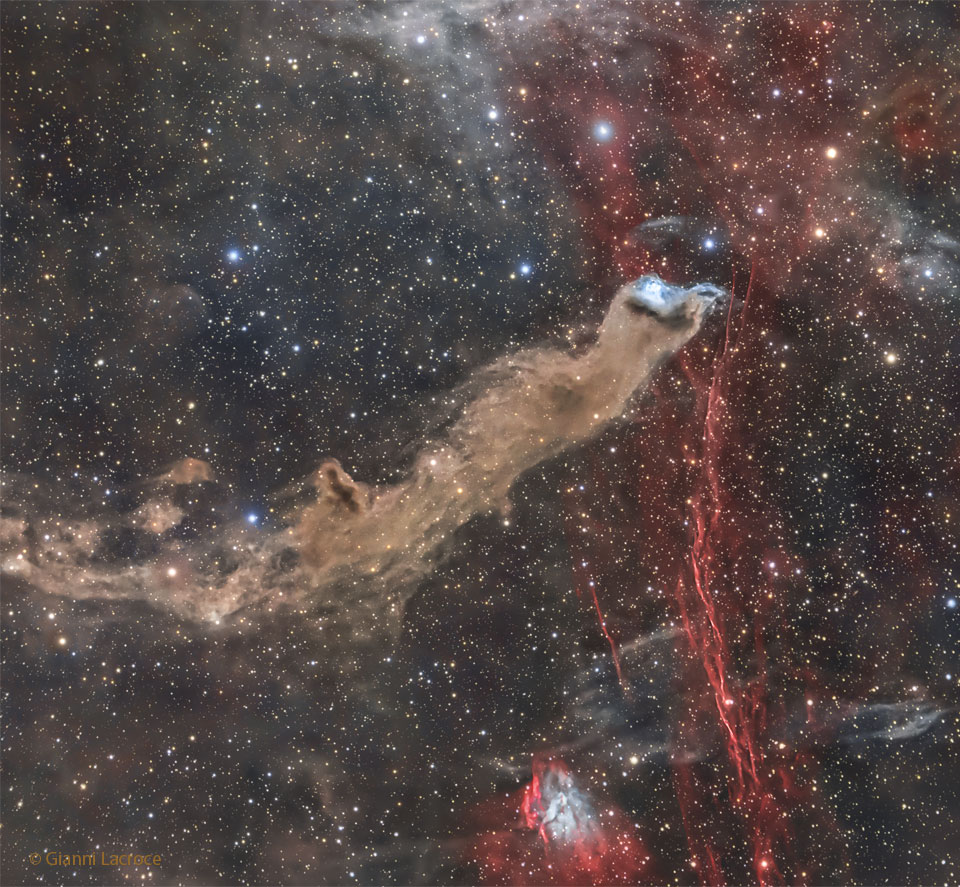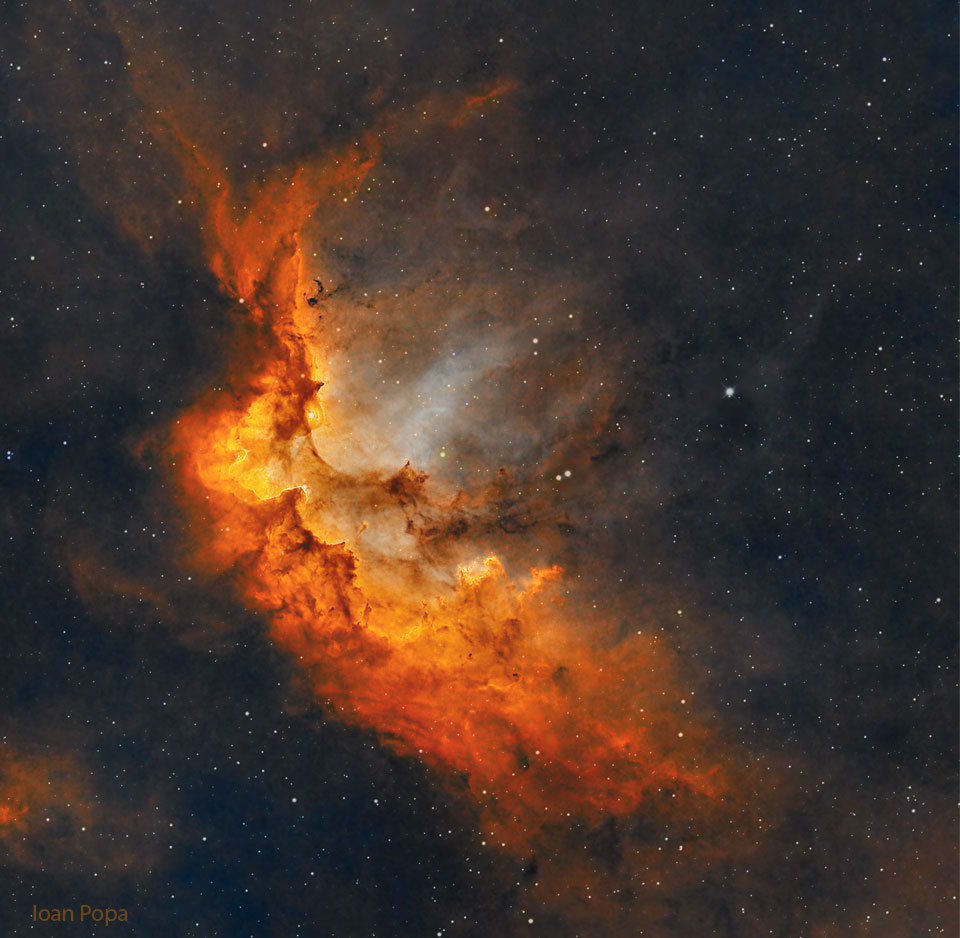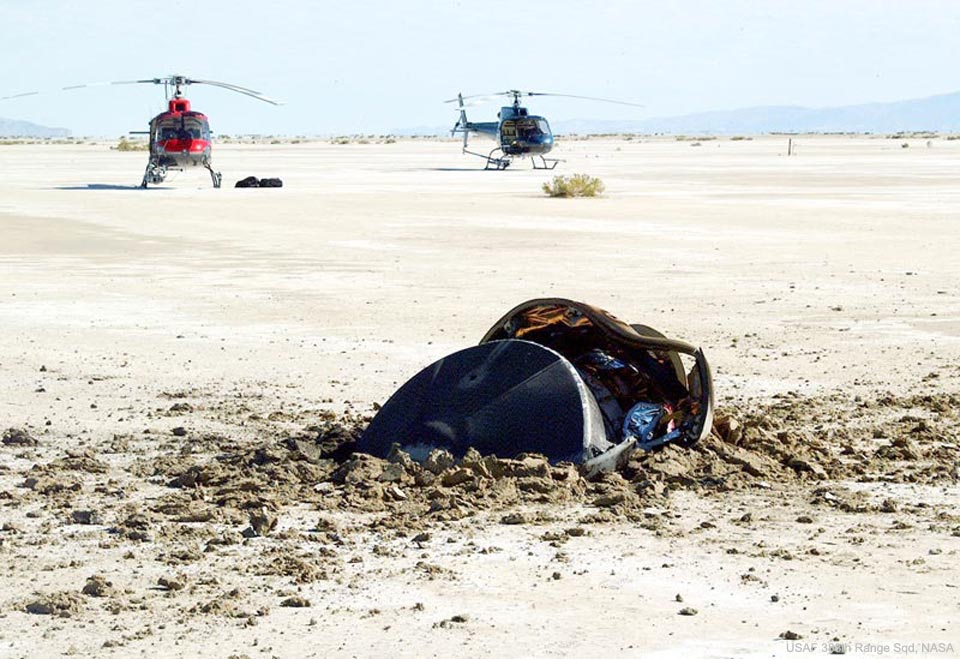NASA will host a media briefing on Thursday, Nov. 17, at 2 p.m. EST to share early results from the Low-Earth Orbit Flight Test of an Inflatable Decelerator (LOFTID) technology demonstration.
from NASA https://ift.tt/X7fLqeG
via IFTTT
NASA will host a media briefing on Thursday, Nov. 17, at 2 p.m. EST to share early results from the Low-Earth Orbit Flight Test of an Inflatable Decelerator (LOFTID) technology demonstration.
from NASA https://ift.tt/X7fLqeG
via IFTTT
NASA will provide coverage as two Roscosmos cosmonauts conduct a series of spacewalks in November and December outside the International Space Station to prepare hardware on the Rassvet module for installation on the Nauka multipurpose laboratory module.
from NASA https://ift.tt/6GP4hfn
via IFTTT


NASA and SpaceX are targeting 4:19 p.m. EST Monday, Nov. 21, to launch the company’s 26th commercial resupply mission to the International Space Station.
from NASA https://ift.tt/P4QUMaR
via IFTTT
NASA has awarded contracts to Air Products and Chemicals Inc. of Allentown, Pennsylvania, and Linde Inc. of Danbury, Connecticut, to supply up to approximately 15 million pounds of liquid hydrogen for use at facilities across the agency.
from NASA https://ift.tt/bUcHvSM
via IFTTT
NASA has selected GeoOptics Inc. of Pasadena, California, to provide commercial small constellation satellite data products that may augment NASA-collected data in the future.
from NASA https://ift.tt/Z6YeCtQ
via IFTTT


